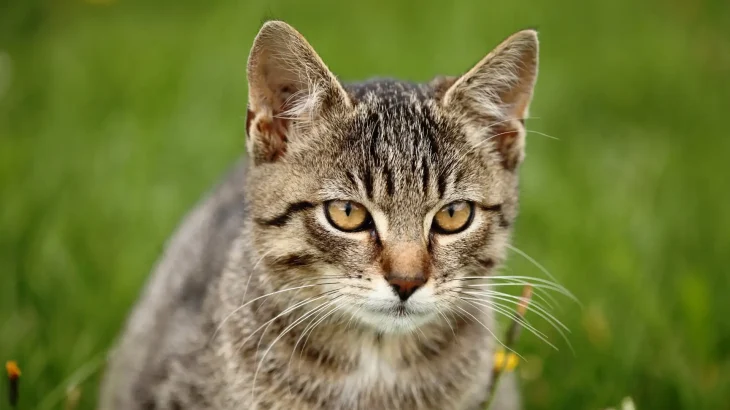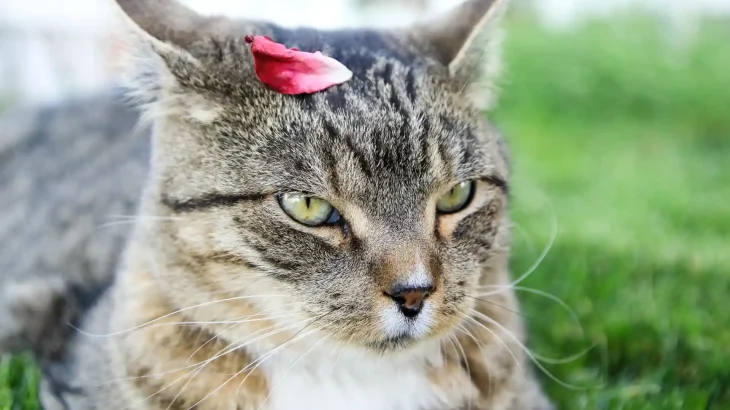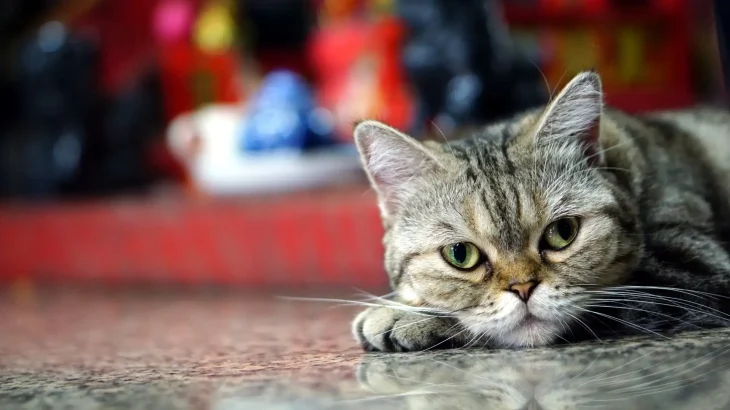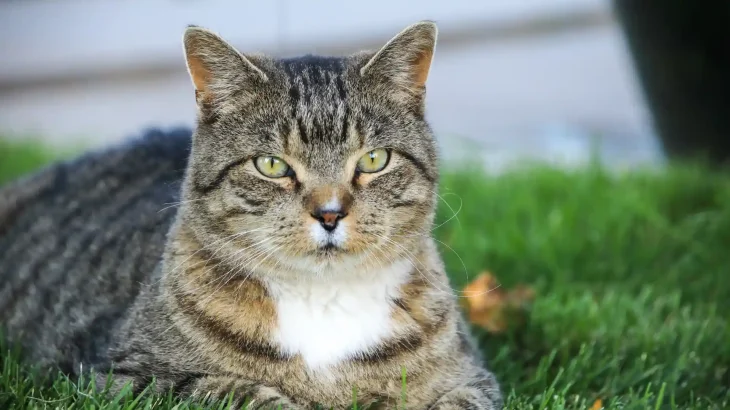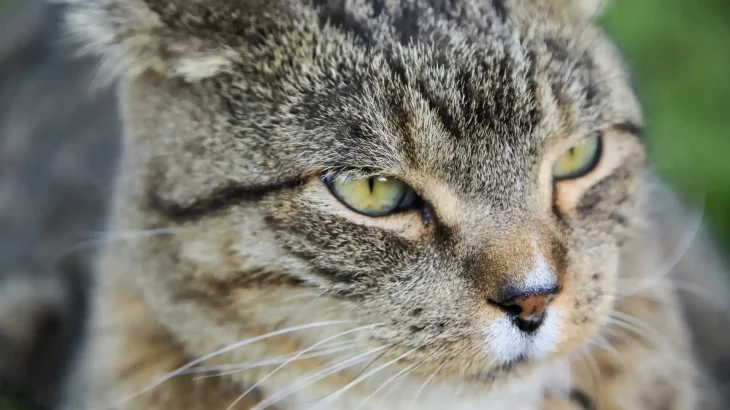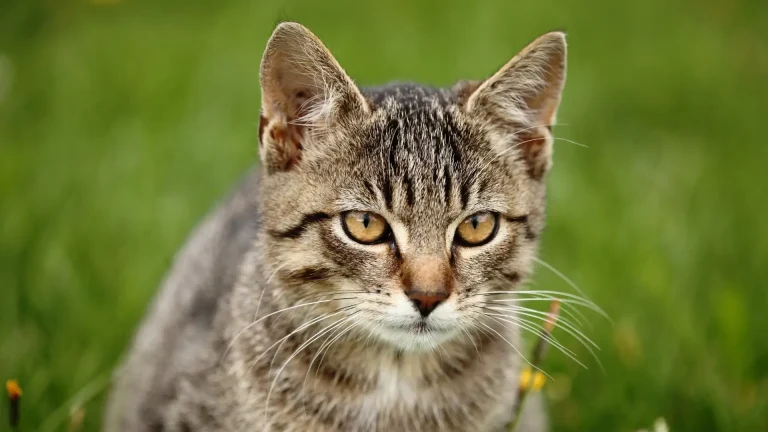Deciding between adopting or purchasing a Domestic Shorthair kitten involves weighing a few key points about the cat's background and your preferences. Adoption means giving a home to a cat who may have an unknown history but deserves a second chance. Buying from a breeder usually means more certainty about health and lineage but comes with a higher cost.
Here's a comparison of pros and cons:
| Criteria | Buying from Breeder | Adopting from Shelter/Rescue |
|---|---|---|
| Cost | Higher, reflecting breeding efforts and pedigree checks. | Lower fees; often include vaccinations and spay/neuter. |
| Health History | Usually detailed health records and screenings. | Often limited history; shelters provide basic health checks. |
| Age Availability | Mostly kittens, enabling early bonding. | Various ages, from kittens to adults and seniors. |
| Temperament Insight | Breeders can share lineage and early behavior traits. | Shelter staff observe current behavior but may lack full background. |
| Support | Supports responsible breeding if choosing ethical breeders. | Helps animal welfare by rescuing cats in need. |
| Ethical Considerations | Requires careful choice to avoid supporting unethical breeding. | Reduces shelter populations and rescues animals. |

